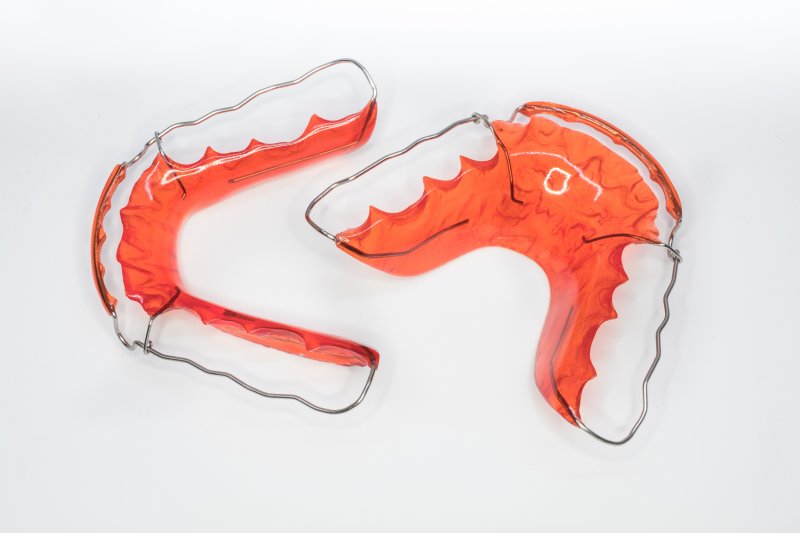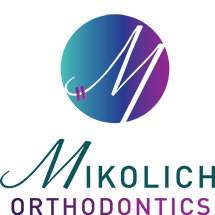
Once you’ve finished wearing braces or Invisalign®, you’ll probably be looking forward to having a new smile to show off to your friends and family. However, it’s important to remember that orthodontic care doesn’t end once braces or aligners are removed. You’ll need to wear a retainer to keep your teeth in their new positions; otherwise, they will most likely shift or relapse. Since you’ll be keeping your retainer in your mouth for extended periods of time, you need to make sure that you take good care of it so that it can ultimately help you maintain a straight, healthy smile over the long term. The following 3 tips will help you do just that.
1. Always Safely Store Your Retainer Before Eating
Just like Invisalign, a removable retainer should always be taken out of your mouth before eating. Make sure you always have your retainer case on hand so that you have a safe place to put your oral appliance even when eating out. Never leave your retainer lying on the table or wrapped in a napkin, as there’s a good chance that it could be left behind or thrown away on accident. Once you’re done eating, it’s a good idea to brush your teeth before putting your retainer back in; that way you won’t end up trapping the harmful bacteria that can cause cavities.
2. Make Sure Your Retainer Stays Clean
Plaque and tartar can build up on your retainer just as easily as they can build up anywhere else in your mouth. To keep it clean, you need to rinse and brush it on a regular basis. Make sure that your toothbrush is soft-bristled and that your toothpaste is nonabrasive so that you don’t end up damaging your oral appliance. It’s also a good idea to soak your retainer on a regular basis. When storing your retainer, make sure that it has enough airflow to stop the development of bacteria.
3. Don’t Expose Your Retainer to Harsh Chemicals
You don’t need particularly strong chemicals to keep your retainer clean. Toothpaste and water do the job just fine, and when soaking the appliance, you can use baking soda, mild vinegar, or denture cleaning tablets. Under no circumstances should you use bleach or alcohol-based cleaners for your retainer. Not only can they damage the appliance itself, but they can also have an adverse effect on your overall oral health.
Your orthodontist is likely to have a few additional retainer care tips, so reach out to them if you have any questions or concerns. Wearing a retainer is the last step of the orthodontic process; it’s essential to do everything you can to make it a success.
About the Author
Dr. Marissa Mikolich has over a decade’s worth of experience creating straighter, healthier smiles. She loves being able to see patients smile with full confidence after they finish wearing braces or Invisalign. At Mikolich Orthodontics in Canfield, she offers gentle, empathetic care at every step of the orthodontic process, which naturally includes the retainer. To schedule an appointment, visit our website or call (330) 538-8476.

